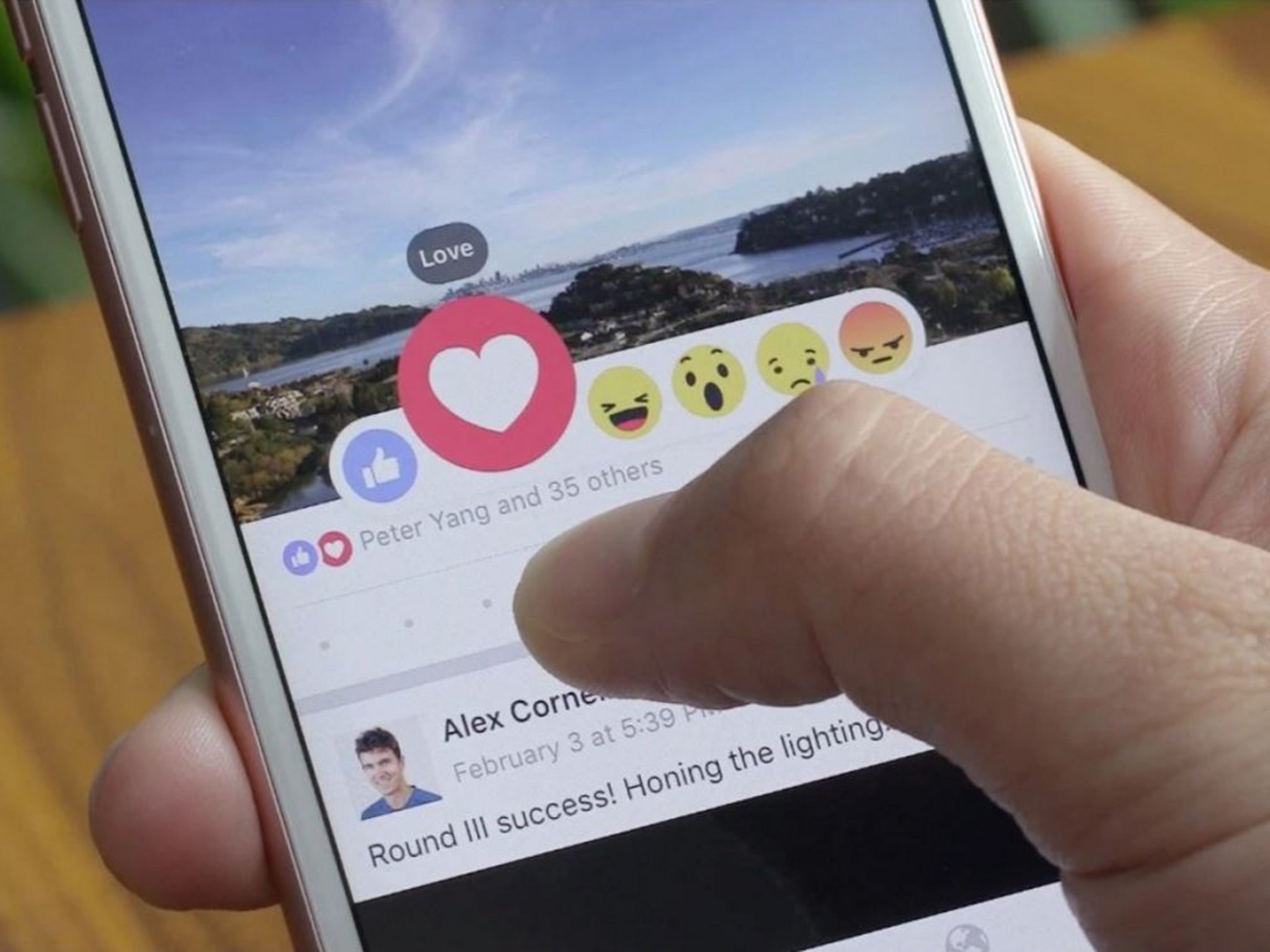Facebook ad preferences: How to find out everything the site knows about you, and trick it into being wrong
The site makes its money by guessing what you are into – but you can help it out, or teach it to get it wrong

Your support helps us to tell the story
From reproductive rights to climate change to Big Tech, The Independent is on the ground when the story is developing. Whether it's investigating the financials of Elon Musk's pro-Trump PAC or producing our latest documentary, 'The A Word', which shines a light on the American women fighting for reproductive rights, we know how important it is to parse out the facts from the messaging.
At such a critical moment in US history, we need reporters on the ground. Your donation allows us to keep sending journalists to speak to both sides of the story.
The Independent is trusted by Americans across the entire political spectrum. And unlike many other quality news outlets, we choose not to lock Americans out of our reporting and analysis with paywalls. We believe quality journalism should be available to everyone, paid for by those who can afford it.
Your support makes all the difference.It’s possible to find everything that Facebook thinks you’re into – and trick it into getting it wrong.
The site makes its money by tracking your moves around the internet, your friends and your conversations to try and work out what kind of a person you are. It then uses that information to target ads so that people see things that they’re likely to be interested in.
But despite the huge portion of people’s lives that are lived on Facebook, the site still picks out strange – and often wrong – things about them. And it’s easy to find out what the site has decided you’re into.
Everyone’s ad preferences can be found by heading to the dedicated page on Facebook’s site. There, you’ll see everything it has decided you’re into, grouped by topic (such as “Food and Drink” or “Hobbies and Actives”).
Once on that page, the full information on every preference can be seen. Clicking on any of the interests will show why Facebook has decided you are into it – sometimes that will be because of a specific page you like, but other times the site won’t be able to say why you like it.
If it’s wrong – or you just want to trick Facebook – you can use the same page to add things that you’re into. Clicking the bar at the top lets you add new things, and see all the things Facebook counts as preferences.
You can also remove things. That means that theoretically you could change your ad preferences so that you only had one thing in them.
Doing that will change the ads you see on Facebook so that they’re about whatever you choose.
Facebook offers the option to change ad preferences as a way of ensuring that people are shown things they’re interested in. The company argues that it makes most sense for people to see ads about things they like – that way they’ll be useful, rather than annoying.
Join our commenting forum
Join thought-provoking conversations, follow other Independent readers and see their replies
Comments